These design principles will turn your home into a haven.
It’s been researched and proven, but we don’t need data to know just how our physical surroundings can affect us. We feel it, right? Real time, real life, when the clutter piles up, the stress does too. At the core of it is how your home is set up. How your home is decorated can actually help you feel energized, calm, and rested.
Amber Dunford, with a master’s in psychology and a master’s in design, shared five specific ways we can create a space that feels good. She believes that our home can really boost our mental health. There’s a lot of science behind this, supporting the idea that our surroundings affect us.
Color and Aesthetics
Color probably one of the easier things to do. You can paint a wall, you can do a plaster treatment, there’s all kinds of things that you can do with color. Humans find monochromatic spaces more pleasing than high contrast.
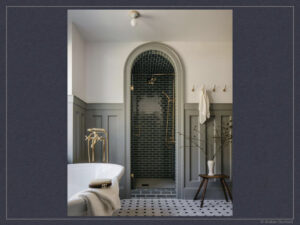
“That would be taking, say, green and then playing with all the range of colors within that green,” Amber said. “You can do that with neutrals as well if you like neutrals.”
Biophilic Design
“Biophilic design enhances our connection with nature,” Amber explained. We all have this inherent drive to want to be around nature no matter where you live. If you live in the city, if you live in the country, we want to bring nature into our homes in some way.
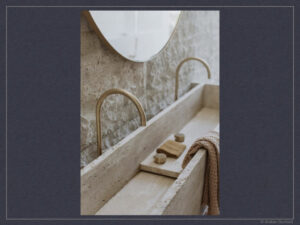
“If you are more into rustic, you want to maybe lean into some of those tarnished finishes. Pull in some things that look like they might be found in nature, like rusty things or things that have a visible wood grain.” Amber advised. “If you want to go modern, you can lean into more stone.”
In nature, nothing is perfect. There is a lot of asymmetry and imperfect shapes, so look for how you can bring that into your home. Plaster on wall creates imperfect texture, and raw edges on tile can also bring in that natural feel.
Curves and Shapes
“In curved spaces, whether it’s curved architecture or curved furniture, we rate them as being more quiet and serene,” Amber said. Look for furniture pieces with irregular shapes or rounded arms. You can look for curves in your artwork, your coffee table and mirrors.
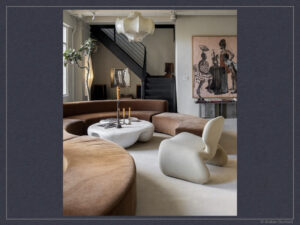
“Even a curved faucet,” Amber suggested. “If you think about kitchens or bathrooms, a lot of those spaces have a lot of harder lines. Introducing curves there is a great option.”
When it comes to curved furniture, it seems to be trending at the moment.
“Curved furniture has been around so long, but it’s getting a little more playful and a little more artistic. Our furniture is starting to look like art pieces in a cool way, and bringing in curves in places where you might have seen more straight lines in the past,” Amber said.
She emphasized that curved furniture won’t feel like a wasted trend if you jump on it now. It will continue to evolve over time.
Lighting
We know lighting plays a big part in our mood and our psyche. Both humans and animals prefer to be in what’s called dappled lighting, and that’s that lighting that would break through the trees on a sunny day.
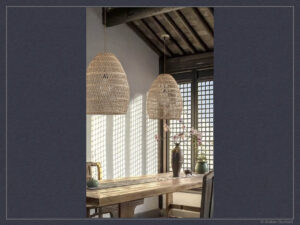
“You can pull dappled lighting in by being strategic with your landscaping,” Amber said.
Think about where the sun is oriented in relation to you home and plant trees outside. You can also bring in indoor plants to get the same affect.
“Light fixtures that have a basket weave will fracture that light, or you can even do a hand blown glass. That’s going to distribute that light unevenly and have a really pleasing soft glow throughout the house,” Amber explained.
Prospect & Refuge Theory
“We like being under spaces that have like lower ceilings and dim light. That would be our refuge. We’re safe, we’re protected there, but we like our vantage point out in the distance to be a more open and well lit space. That goes back to a survival skill,” Amber explained.
In our homes, that would look like a reading nook, or a space with a lower ceiling opening into a bigger space.
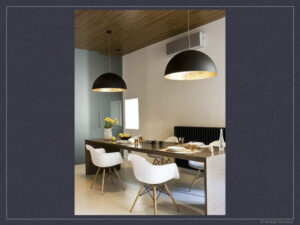
“We just like the little respite that we get when we are able to tuck away,” Amber said.
You can get that feeling by painting or putting wood paneling on the ceiling. Oversized pendants over a dining table can bring it down and close it in.
If you were to implement one or even a couple of these design strategies, people are going to want to stay in your home longer. They’re going to linger. Your kids might be more calm. You might feel like you get home after a busy day a lot more relaxed and you just want to kick up your shoes and finally decompress. This is what we want our homes to be.
For more design advice, you can follow Amber Dunford on Instagram, @amberdunford_designpsychology, or visit her website, amberdunforddesigns.com.

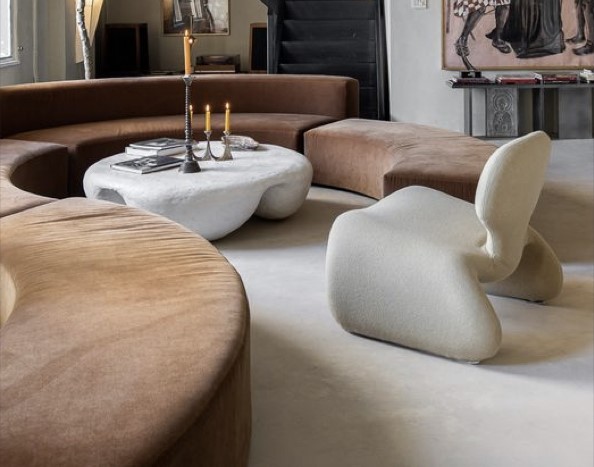
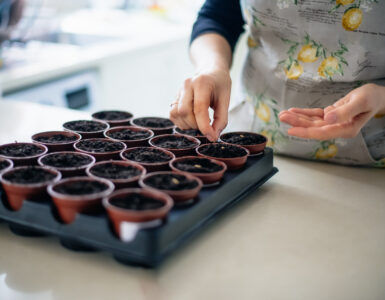
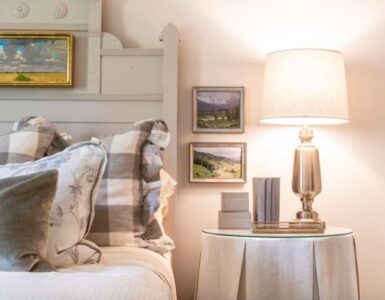











Add comment